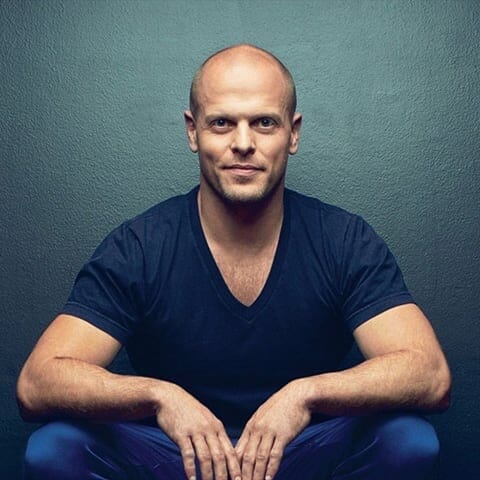 author
authorJulian L. Simon
Julian Lincoln Simon was an American professor of business administration at the University of Maryland and a Senior Fellow at the Cato Institute at the time of his death after serving as a longtime economics and business professor at the University of Illinois at Urbana-Champaign.
Simon wrote many books and articles, mostly on economic subjects. He is best known for his work on population, natural resources, and immigration. Simon is sometimes associated with cornucopian views. Rather than focus on the abundance of nature, Simon focused on lasting economic benefits from continuous population growth, even despite limited or finite physical resources, empowered primarily by human ingenuity, which would create substitutes, and technological progress.
He is also known for the famous Simon–Ehrlich wager, a bet he made with ecologist Paul R. Ehrlich. Ehrlich bet that the prices for five metals would increase over a decade, while Simon took the opposite stance. Simon won the bet, as the prices for the metals sharply declined during that decade.
Simon's 1981 book The Ultimate Resource is a criticism of what was then the conventional wisdom on resource scarcity, published within the context of the cultural background created by the best-selling and highly influential book The Population Bomb in 1968 by Paul R. Ehrlich and The Limits to Growth analysis published in 1972. The Ultimate Resource challenged the conventional wisdom on population growth, raw-material scarcity, and resource consumption.
Simon argues that our notions of increasing resource scarcity ignore the long-term declines in wage-adjusted raw material prices. Viewed economically, he argues, increasing wealth and technology make more resources available. However, supplies may be limited physically. They may be regarded as financially indefinite as old resources are recycled, and new alternatives are assumed to be developed by the market.
Simon challenged the notion of an impending Malthusian catastrophe—that an increase in population has negative economic consequences, that population is a drain on natural resources, and that we stand at risk of running out of resources through over-consumption. Instead, Since people and markets innovate, Simon argues that population is the solution to resource scarcity and environmental problems. His ideas were praised by Nobel Laureate economists Friedrich Hayek and Milton Friedman, the latter in a 1998 foreword to The Ultimate Resource II. Still, they have also attracted critics such as Paul R. Ehrlich, Albert Allen Bartlett, and Herman Daly.
Simon examined different raw materials, especially metals, and their historical prices. He assumed that besides temporary shortfalls, prices for raw materials remain at similar levels or even decrease in the long run. E.g., aluminum was never as expensive as before 1886, and steel used for medieval armor carried a much higher price tag in current dollars than any modern parallel. A recent discussion of commodity index long-term trends supported his position.
Best author’s book




















